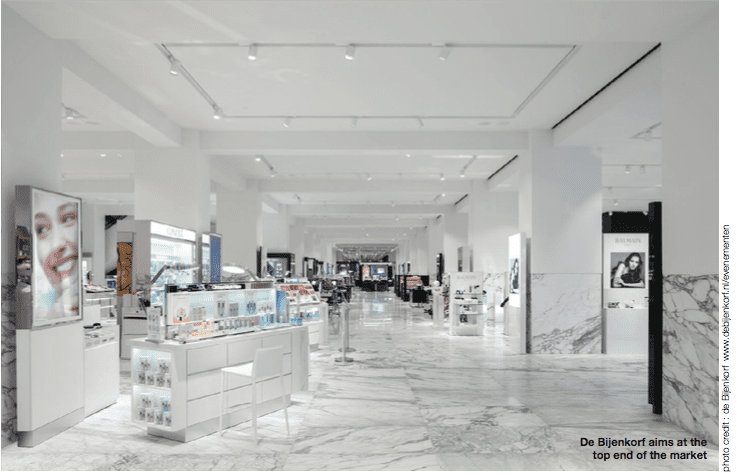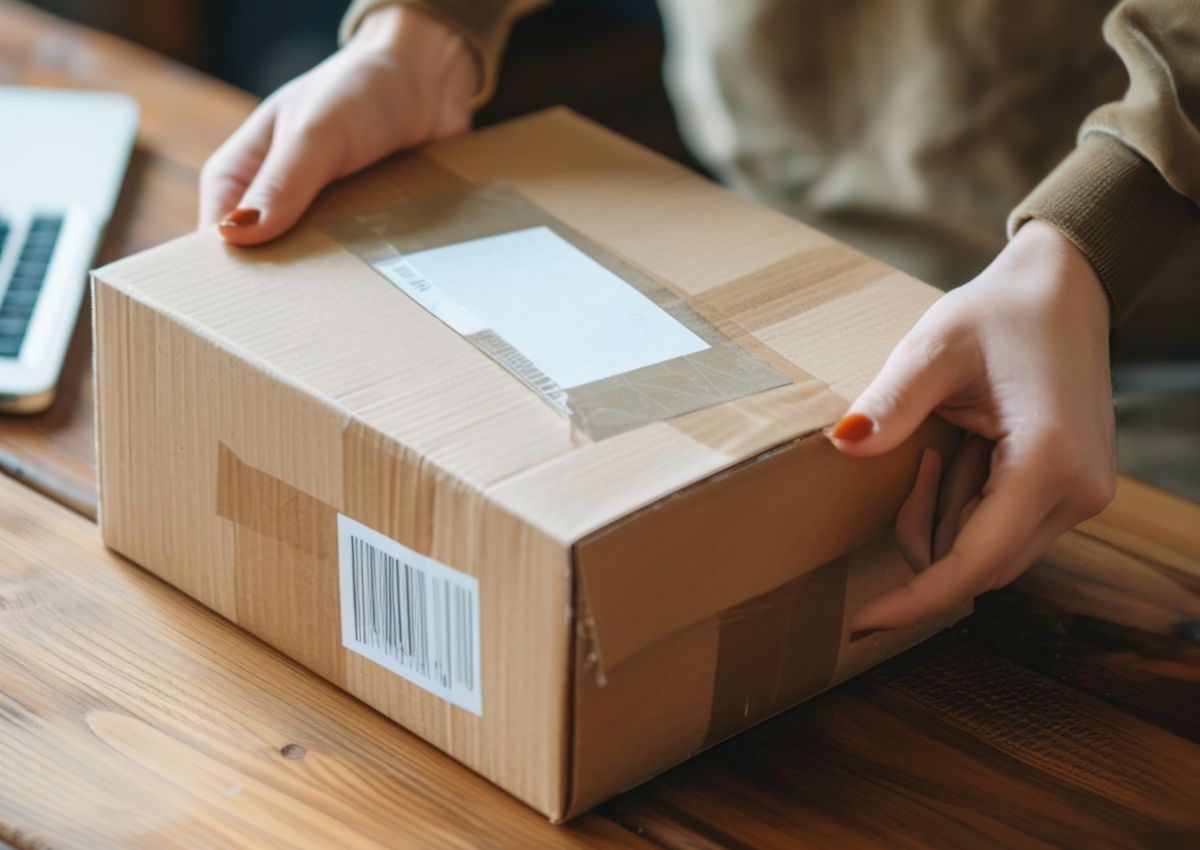High-end Dutch department store de Bijenkorf has adapted an idea from Amazon as it seeks to build brand engagement and increase customer loyalty. Jonathan Wright reports.
The idea that Amazon poses a threat to businesses across different sectors is commonplace within retail. More than this, many retail professionals view Amazon with a kind of fatalism, leading to the idea it’s simply too difficult to copy Amazon’s techniques, that the American behemoth’s size and reach make it somehow special.
Yet without underestimating the difficulties here, what happens when retailers borrow and adapt Amazon’s methods? Could learning from the best be a fruitful approach? It’s an idea that’s been put to the test by Dutch luxury department store de Bijenkorf, which has introduced a Prime-like service where customers pay an annual fee to cover shipping and packing on ecommerce purchases, but then don’t have to pay for individual orders.
The initiative, says Pieter Heij, de Bijenkorf’s director of multichannel and IT, grew from asking a deceptively simple question at a time when the retailer was looking to counter increased competition within its core territories of Belgium and the Netherlands. “I thought, ‘Well why is nobody mimicking Amazon?’” he says. “OK, you have to pay a bit [upfront] but then it’s free.”
The Shipping Plus service, which took just a month to build, was set up to be as straightforward as possible for customers to use. Customers create an account online and then pay an annual fee, currently set at €9.95. Recently, the retailer was able to do a before-and-after comparison, seeing whether those who signed up for the service were spending more over the course of a year. “We could see a huge uplift, especially in frequency,” says Heij. “[Customers] just become more loyal, they buy more often. The orders are a bit smaller, but nothing compared to the increase in frequency.”
“I thought, ‘Well why is nobody mimicking Amazon?” Peter Heij, de Bijenkorf
According to Heij, this uplift is across the board, across all kinds of different kinds of customers, and it’s especially noticeable when it comes to purchases of what he calls “commodities”, smaller items as opposed to, for example, high-value designer pieces.
“Once you remember, ‘OK, a pair of socks or underpants, shirts,’ [the service] suddenly becomes very easy,” Heij says. “You’re logged into our site, or soft-logged in, the shipping price is always on, so you see straight away it’s for free. It makes it so easy to do replenishment on those types of commodities. That’s where the uplift is, [where] we eat market share on those products from others.”
Next-day delivery
In terms of implementation, it’s important the Shipping Plus service only covers a comparatively small geographical area, Belgium and the Netherlands. The retailer has been able to turn this into an advantage by not just slavishly imitating Amazon Prime’s default delivery option of two-day shipping, but besting it at no extra cost to the consumer.
“We ship everything next day, so you can place your order late at night and you get it delivered on the next day,” says Heij. “One of the things that made this very popular is we also included things like evening delivery and Sunday delivery for free in this programme, so in that sense it’s seven days a week next-day delivery – including Sundays, evenings, timeslots, everything is included. I think that’s the strength of the programme, that customers get the best possible shipping proposition for free.”
If de Bijenkorf has been so successful, it begs the question: why don’t other retailers copy the initiative? One reason, says Heij, who has discussed the idea with colleagues at other companies, is historical. More specifically, many retailers have introduced free shipping on higher-value orders. Cancel this in favour of charging a flat fee and there’s a risk some customers may think they’ve lost out; have two programmes co-existing and there’s a risk marketing messages will become confused. “[Retailers] will just stick to that [original] proposition because typically they have seen an uplift from that free shipping above a threshold,” says Heij.
Companies also worry about a decrease in the size of orders. “I think they’re a bit scared of what the average transaction value [ATV] will do,” says Heij. “We’ve seen the ATV for those customers that were enrolled drop a bit, around 15%, but not a lot. Somehow, retailers are scared of only getting in orders for a pair of socks and then another order for another pair of socks. That actually doesn’t happen as we see it.”
Nevertheless, the costs are still a consideration. The profit-and-loss impact would be considerable if the retailer offered genuinely free shipping without such a programme. “This proposition has limited impact on our shipping costs while still giving a big boost to sales,” says Heij.
More positively, any profitable initiative that gets customers coming back to buy again and to use a retailer as their default point of purchase is clearly succeeding on several fronts. This in turn make you wonder why more retailers don’t take direct inspiration from Amazon and, a crucial point, adapt and even improve upon Amazon’s techniques as de Bijenkorf has done. As Heij jokes, “My slogan is, ‘Copy the best and do it faster than the rest.’”





